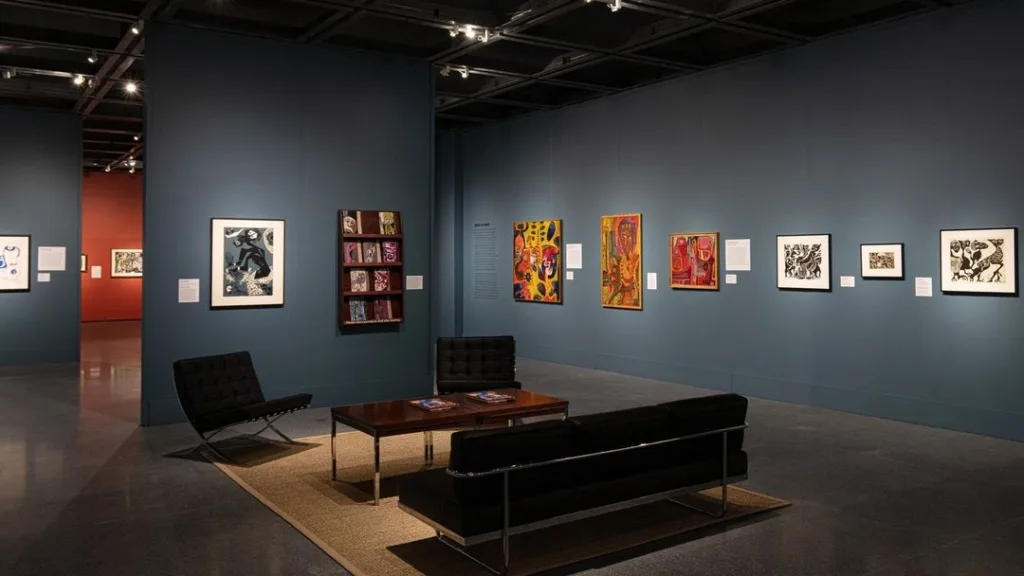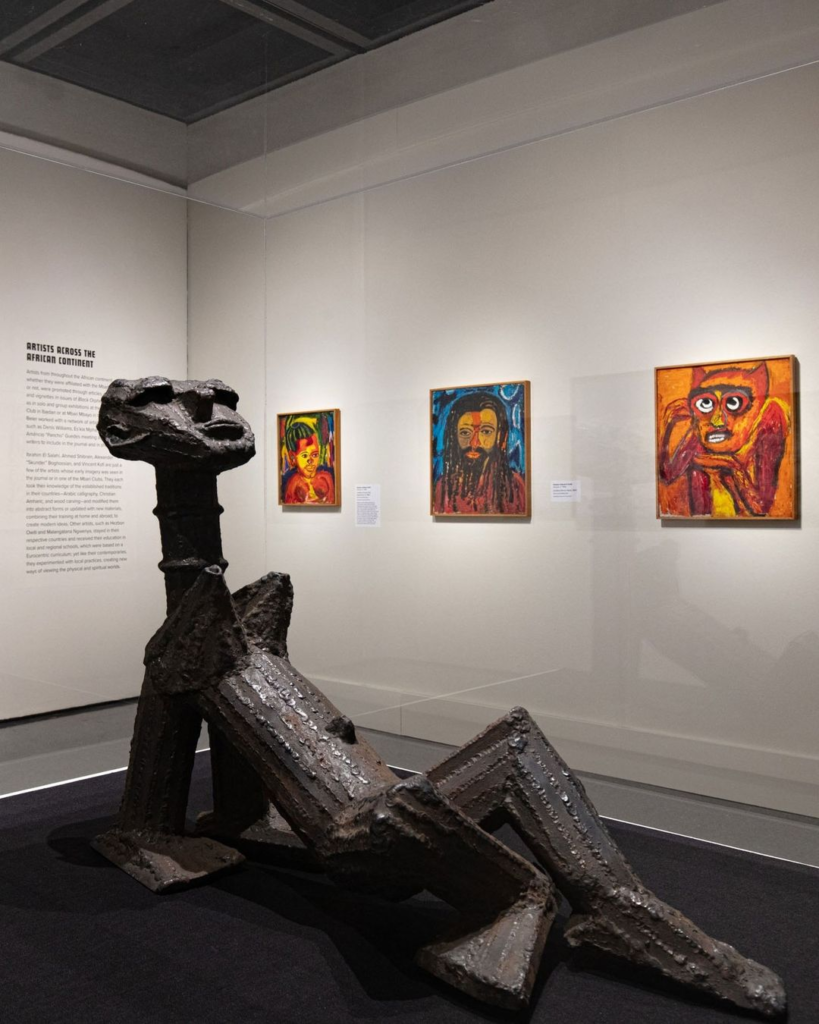The recent hiring of Amanda Maples, as the curator of African Art at the New Orleans Museum of Art (NOMA) has ignited a debate about diversity and representation in the art world. Many people have voiced their concerns about a non-Black individual’s ability to understand and relate to the Black and African experience.
On Instagram, one user commented on how the move undermines the efforts to showcase African history. The negative comments quickly multiplied, prompting NOMA to respond. The museum defended its decision, citing Maples’s experience and dedication to the growth of the African art industry.

In her statement, Maples expressed her dedication to filling historical gaps in NOMA’s collection. She also vows to showcase the work of contemporary African artists. Despite the backlash, NOMA remains steadfast in its choice. They mention that the selection process involved guidance from leaders in the field of historic African art. The museum acknowledges the need for diversity and representation within its institution and commits to the appointment.
NOMA also announced plans to hold a town hall meeting to openly discuss race and equity within museums. They demonstrate their willingness to address the concerns raised by the community. This controversy is not unprecedented, as the Brooklyn Museum faced similar opposition in 2018 when they appointed a white woman as an African art consulting curator.

The museum’s director defended the decision, highlighting the curator’s anticolonial approach and seeking support from experts in the field. The debate surrounding Maples’s appointment raises important questions about representation and diversity in the art world. Some argue for prioritizing expertise, while others stress the importance of aligning with the communities being represented through lived experiences and perspectives.
Museums must continually evaluate their hiring practices to ensure the voices of marginalized communities are heard and valued. By fostering diversity and inclusivity, museums can engage with diverse audiences and contribute to a more equitable art world. The appointment of Amanda M. Maples has sparked a necessary conversation, reminding us of the ongoing work required to create a truly representative art community



1 Comment
If any of these agitators bashing the new curator has studied African art more than she, has spent more time working with artists in Africa than she, has done more exhibitions and more scholarly publications than she, has lived in African communities longer than she, can speak an African language as she has, then step forward. I may be of German descent (and speak German) but how much do I know about German art? Nothing. How much do I understand German culture in my bones? Not one iota. And neither can African Americans “feel” African art without ever studying it. If African art is to stand up in the great exhibition halls and international scholarly conferences, it must be represented by someone who has done their work and proven themselves in this field. Extremely few African Americans take up African Studies or art history in general in the universities. Do you have to be Italian to study Italian renaissance art? No, you could be African American. You want to know African art? Do the work.